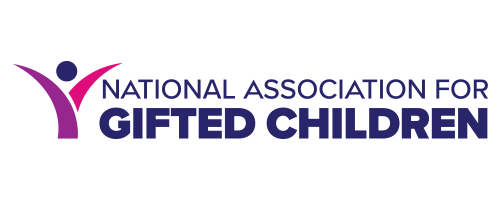Grouping
Educators can use grouping strategies to allow gifted students access to appropriate levels of challenge and complexity. Almost any form of grouping used will provide an academic or achievement gain to gifted learners with researchers reporting positive social and emotional gains as well. Grouping often is the “most effective and efficient means for schools to provide more challenging coursework, giving these children access to advanced content and providing them with a peer group.” [1, p. 4] Cluster grouping has risen in popularity because of the implementation of inclusive classrooms as well as widespread elimination of gifted programming due to budget cuts, heterogeneous grouping policies, accountability for students’ academic performance. [2]
-
In looking at the various types of grouping strategies used with gifted learners, the options can be divided into ability grouping and performance-based grouping. Researchers have suggested four standard grouping strategies: within-class, pull-out, separate class, and special school programs. [3, 4] Specific strategies for grouping include regrouping for specific instruction, cluster grouping, and within-class/flexible grouping. [5] Students may also experience between-class grouping or grouping by interest, as in the practice of enrichment clusters. [6]
-
Educators and districts should note that ability grouping is not synonymous with tracking. Flexible, or cluster, grouping allows students to be grouped and regrouped for instruction to accommodate shifts in academic areas and as developmental differences emerge whereas tracking places students in rigid groups with little movement and little research support. [7]
-
Ability grouping was suggested as a way for schools to promote high levels of achievement and shrink excellence gaps among their populations. [8] Using ability grouping alone does not automatically result in differential achievement, differentiated instruction and curriculum is needed to support appropriate levels of development for all students. [9] When used properly, ability grouping allows for flexibility, letting students move—either up or down—during their educational careers. Flexible ability grouping allows schools to match a student’s readiness with instruction, “delivering the right content to the right student at the right pace and at the right time.” Additionally, grouping allows students to learn alongside others who have learn at similar rates, possess similar levels of knowledge, and share similar goals, resulting in a peer group where students can challenge one another. [10]
-
In a study of between-class grouping in combination with curriculum designed for high-ability students (Project M3), researchers found that mathematically talented students were able to grow their conceptual understanding in advanced geometry and measurement topics, including a greater ability to explain their reasoning when exploring these concepts. [15] Similarly, seventh-grade mathematics students participating in flexible grouping had significant differences in their pre- and post-test scores in measures of critical thinking, especially in the basic concepts of geometry. [16]
-
From a teacher perspective, one study found two-thirds of their participants preferred homogenous grouping over heterogeneous as they could promote more thorough academic development for high-achieving students [17, 18] Researchers caution the belief that homogenous ability grouping is more beneficial than heterogeneous grouping among educators and gifted education scholars and are calling for more research to be done in this area. [19, 20]
-
Four central themes emerged from meta-analyses examining more than 100 years of credible research on the efficacy of specific approaches to grouping gifted students: (a) more grouping of gifted students together enhances learning, (b) negligible growth has been identified when no formal grouping is used, (c) acceleration and enriched curricula through content-based models have strong target content area achievement gains, and (d) grouping and differentiated curriculum are both necessary to promote growth. [21]


